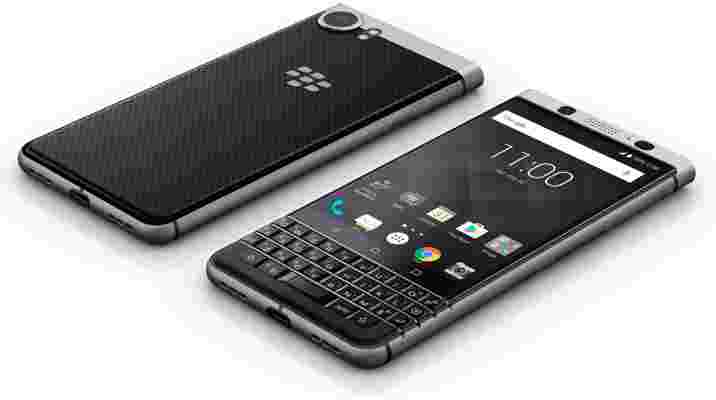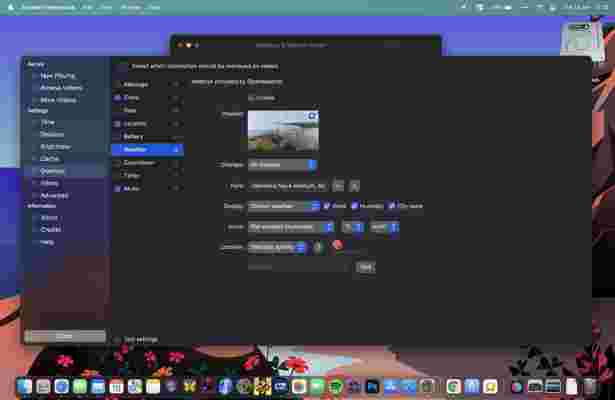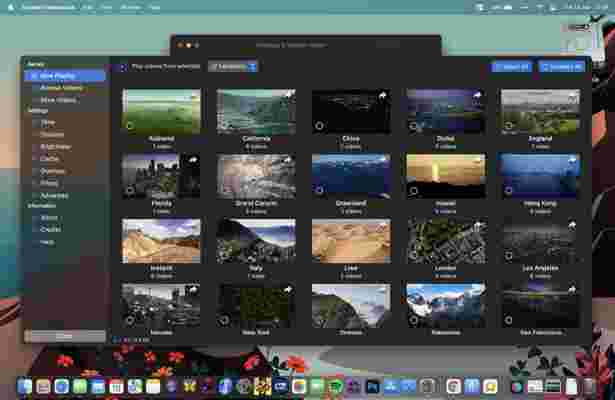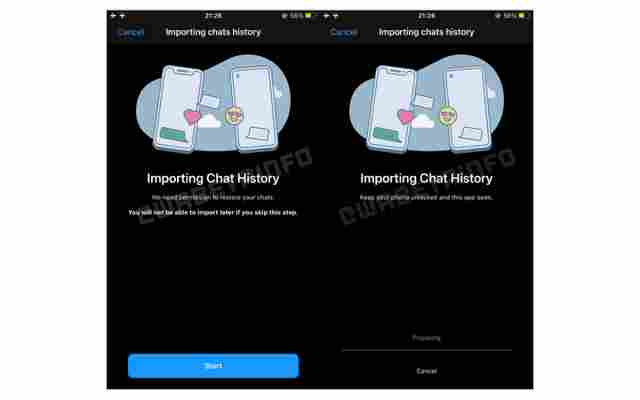Earlier this week, the news that BlackBerry devices would essentially stop working led to an outpouring of nostalgia – not just in the mobile industry, but in the wider world.
It’s rare that the shutdown of an aging, largely abandoned technology service (in this case BlackBerry Internet Service (BIS)) should be the subject of newspaper headlines, television reports, and discussions on social media, but the response demonstrated the strength of feeling for BlackBerry’s iconic devices.
BBC Radio 1 even made a point of playing a song by Swedish House Mafia and Tinie Tempah that referenced a ‘Bold BB’, itself evidence of the crossover appeal of mobile phones that were orgiianlly designed for executives and office workers.
Crossover appeal
The fact the devices were designed for business users only elevated their appeal, while the associated price tag made them aspirational items in the late 2000s, but BlackBerrys were the first evidence fir many people that mobile phones could be more than just for making calls and sending texts.
BlackBerry offered email, instant messaging, and physical keyboards - capabilities that had previously been limited to PCs. And, what’s more, BIS allowed for unlimited data consumption at a time when data plans were often not included in usual contracts. BlackBerrys offered an attractive cocktail of functionality and prestige.
Many of the retrospectives have examined the impact of BlackBerry devices in the same way that the industry might reflect other iconic mobile phones like the Nokia 3310, the Motorola RAZR, or the original iPhone.
However, BlackBerry’s impact on mobility and the world of enterprise IT goes much further. Its software and security capabilities, its contributions to industry-standard patents, and its device innovation are still relevant today.
BlackBerry started life as Research in Motion (RIM) in 1984 when two engineering students, Mike Lazaridis and Douglas Fregin, set up a company in Waterloo in the Canadian province of Ontario. RIM quickly made a name of itself in the fields of wireless connectivity and electronic messaging, creating the world’s first two-way pager, devices that could access corporate email, and, eventually, a smartphone.
Two decades of technological development, three generations of mobile connectivity, and one pandemic later mean we’re all accustomed to flexible working. But the ability to access email securely from any location and respond using a QWERTY keyboard rather than an alphanumeric pad, was truly revolutionary for businesspeople at the turn of the century.

Enterprise revolution
In an era of IT still dominated by desktops and perimeter-based security, even for those with access to laptops, the behind-the-scenes capabilities of BlackBerry Enterprise Server (BES) made this all possible. BES could manage devices, authenticate users, and secure the transmission of data beyond the confines of the office meaning the new freedoms did not come at the expense of security.
The functionality, design, and price tag made BlackBerry a highly desirable device and one that had consumer appeal. RIM responded by ensuring its latest devices had integrated cameras and by updating the BlackBerry OS several times over its lifespan. BlackBerry Messenger (BBM) became one of the key selling points for its unlimited messaging and media features that went beyond that of SMS. Indeed, BBM PINs were once viewed as a status symbol.
Even when Apple and Google readied the first iPhone and Android devices in 2007, BlackBerry showed no signs of stopping, increasing sales and market share. As late as 2011, a four-day outage of BlackBerry’s infrastructure that saw BBM taken offline was worldwide news. The company was clinging on, but the signs of decline were becoming apparent. BlackBerry OS was designed for an earlier era of mobile, one which relied on more primitive hardware and networking standards. As mobile technology became more advanced and cellular networks more capable in the 4G era, BlackBerry OS and its devices were increasingly outdated.
Attempts to stay competitive in the market proved futile. The touchscreen BlackBerry Storm was a flop and although BlackBerry 10 was well-received by critics, it was repeatedly delayed and arrived far too late in 2013. In a mobile world increasingly dictated by app ecosystems, BlackBerry simply lacked the critical mass to sustain developer interest.
BlackBerry legacy
In 2013, BlackBerry had reached its peak of 85 million subscribers, with many businesses still valuing its security and management capabilities. However, consumers were drifting away, while many employees now wanted to use the same technology at work as they did in the personal lives, resenting many of the shortcomings of BlackBerry handset and the restrictions imposed by IT.
Apple, Samsung and Google slowly eroded BlackBerry’s security advantage and the rise of the Bring Your Own Device (BYOD) trend were arguably the final nails in the company’s device ambition coffin.
A name change (from RIM to BlackBerry), lay-offs and a shift in focus from handsets to services followed. The pain of downsizing has given way to a smaller, more focussed and financially-secure organisation that continues to serve the industry and maximise the value of its patent portfolio. The company did release some new devices to serve its die-hard fanbase before deciding to call it a day in 2016. The only BlackBerry devices sold since then have been made by third parties under licence.
It is tempting to fantasise about what might have happened had BlackBerry 10 come out a few years earlier or if BBM had gone cross-platform before Facebook and WhatsApp cornered the market for mobile messaging. But the switch-off of the company’s mobile infrastructure is a time to celebrate the BlackBerry’s legacy in mobility. It helped drive the convergence between the mobile and IT industries, laid some of the foundations for flexible working, and forced other vendors to follow suit.
Parallels with Nokia are obvious and just as the Finnish firm has moved onto telecommunications infrastructure, BlackBerry is working on security and management platforms for a mobile-driven world of IT that also includes emerging fields like the Internet of Things (IoT) and connected cars.
The worlds of business mobility and BlackBerry itself have both moved on to pastures new and an important chapter in the history of the industry has ended.
Thanks to Aerial 3.0, you can use Apple TV screensavers on your Mac, and in HDR
A macOS app called Aerial has been updated with new screensaver options, alongside featuring HDR, integration with Spotify and Apple Music, and much more.
New screensavers from Apple have trickled out in recent years, with the latest one being the ‘hello’ logo that’s appeared on the redesigned iMac 24-inch (2021) models. But while AppleTV has had attractive flyover screensavers that show a view of certain cities, they’ve never moved over to other Apple devices.
Thanks to Aerial , you can now get similar screensavers for your Mac. It offers plenty of customization options, including the ability to create playlists and display certain overlays such as weather, battery status, timers, and more.
For version 3.0, the 16 screensavers from tvOS 15 can be used on your Mac, such as Yosemite National Park, Grand Canyon, Torres del Paine in Chile, and others.
Analysis: A welcome macOS 13 addition
Configuring Aerial in System Preferences > Desktop and Screen Saver is an easy affair, where you can tailor these to your location, the time of day, or to a certain order.
There are also custom flyover screensavers from Jetson Creative , all free to use, alongside picking other screensavers from tvOS 10 and above.

Using these on the recently-released MacBook Pro 14-inch (2021) in HDR makes the screensavers look absolutely fantastic.
Seeing landscapes from locations such as Scotland, Florida, and others really showcases the quality of the new MacBooks’ screens. Combine that with the customization options on offer, and it makes you wonder why Apple hasn’t officially brought these screensavers to macOS.

Screensavers have been a constant feature in computers since the first ever one, created by John Socha in 1983, with an app called ScrnSave.
There’s a good chance you’ll have seen a screensaver full of pipes, or one where you’re walking through a house. But with advances in display technology, from CRT to LCD monitors, they have diminished in use in recent years.
But with apps like Aerial and official features from Apple, there’s an opportunity for screensavers to return in a big way again. Not just for macOS, but for Windows 11 as well. Perhaps remakes of the pipes and houses screensavers from the mid-nineties, alongside methods to download more screensavers from the Microsoft Store.
But in the meantime, Aerial does a great job of showcasing how screensavers can thrive in 2022, and what Apple and Microsoft could do for future updates of macOS and Windows.
WhatsApp gives us a glimpse at Android-to-iOS chat migration
WhatsApp is not only one of the most popular chat apps on the market, it is also one of the fastest evolving. It's long been known that WhatsApp's beta program has given us an enticing glimpse into the future, revealing some of what's to come, and this is once again the case with the latest preview of the iOS version of the chat app.
The most recent preview shows that WhatsApp is going to make life a little easier for anyone moving from an Android phone to an iPhone. We have already seen chat migration enabled for people making the switch away from iOS , but now the focus is on users moving in the opposite direction.
In WhatsApp beta for iOS version 22.2.74, we are given a sneak preview of what the chat migration to the iOS process will look like. We have already seen some evidence of this in the beta version of the Android app, but now we know a bit more about how things are panning on the iPhone side of things.
It seems that the migration process will not be handled entirely by the main WhatsApp app itself, but will instead require the use of a Move to iOS app as well. Screenshots from the latest iOS app beta give us a clear indication of the look and feel of the Importing Chat History process.
Permission, please

As you would expect, you need to grant permission for WhatsApp to access your chat history in order to start the migration process. Interestingly, and perhaps slightly worryingly, it seems that the offer to import chat history is a one-time offer. An on-screen message informs users that "You will not be able to import later if you skip this step".
At this stage, we have no further information about when WhatsApp is planning to start the rollout of this feature to everyone. We also don't know anything about the versions of iOS and Android that will be supported, but more details are certain to spring up over the coming weeks and months.